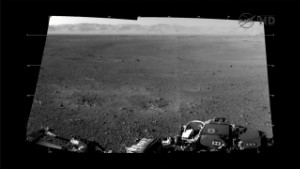
NEW YORK (AP) â€" Apple's stock hit a new high Friday after a four-month swoon, as investors look ahead to the release of a new iPhone and possibly a smaller iPad.Already the world's most valuable company, Apple Inc. saw its stock hit $645.48 in midday trading, before retreating to $645.02. That was up $8.68, or 1.4 percent, from Thursday's close.The previous high for the stock was $644, hit on April 10.Apple has a market value of about $605 billion, almost 50 percent higher than No. 2 Exxon Mobil Corp. at $408 billion.Apple's stock fell last month after the company's earnings report for the April-June quarter showed the slowest growth in more...









